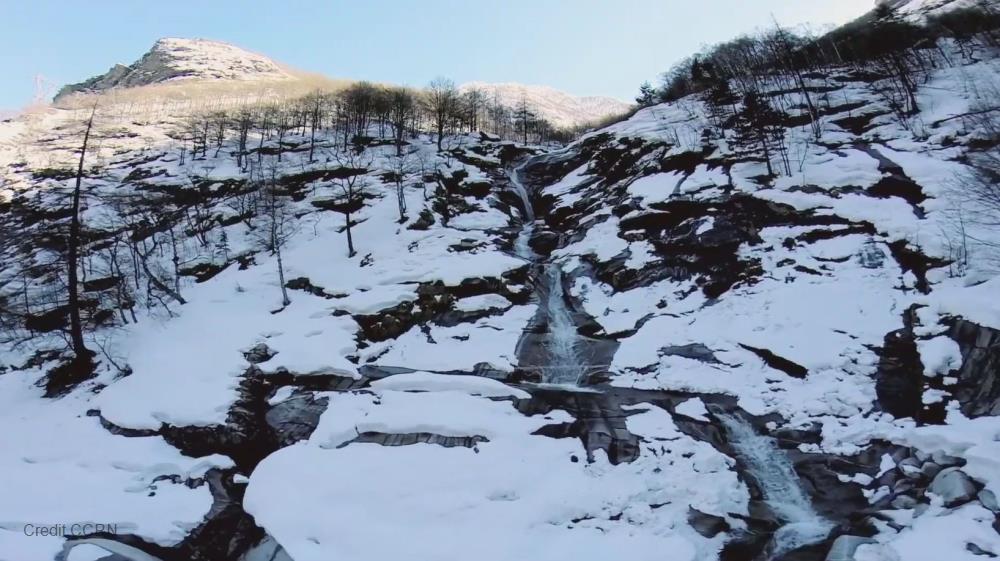
Related items loading ...
Section 1: Publication
Publication Type
Journal Article
Authorship
Harder, Phillip; Helgason, Warren D.; Johnson, Bruce; Pomeroy, John W.
Title
Observations and management implications of crop and water interactions in cold water-limited regions
Year
2025
Publication Outlet
Journal of Hydrology, Vol. 647, 132359
DOI
ISBN
ISSN
0022-1694
Citation
Harder, Phillip; Helgason, Warren D.; Johnson, Bruce; Pomeroy, John W. (2025) Observations and management implications of crop and water interactions in cold water-limited regions, Journal of Hydrology, Vol. 647, 132359,
https://doi.org/10.1016/j.jhydrol.2024.132359
Abstract
Crop and water interactions strongly influence crop production in water-limited dryland agricultural systems in cold regions, such as the Canadian Prairies. A water balance approach was used to quantify crop water use, identify the source of water and corresponding hydrological processes, and evaluate the effectiveness of management techniques to increase agricultural productivity. Detailed water balance observations for 19 site-years were collected at four sites. Crop water use was consistently greater than or equal to growing season precipitation and displayed substantial interannual variation. On average, growing season precipitation provided 66% of crop water use whilst antecedent soil moisture from water surpluses in shoulder and winter seasons and preceding wet years supplied the remainder. Up to 70% of crop water use was derived from non-growing season water sources when high precipitation winters preceded dry growing seasons. Observations of soil moisture, snow accumulation, precipitation, and evaporative fluxes showed substantial spatial and temporal variability in antecedent soil moisture contributions to crop growth, which has implications for agricultural management. The relative importance of antecedent soil water to crop growth decreased with increased growing season precipitation. The water balance observations were used to constrain the water-limited yield potential associated with the optimisation of stubble and crop residue management practices. Increasing retention of snowfall with stubble management and suppression of soil evaporation with increased crop residue cover was estimated to increase potential crop water availability on average by 20% but, depended on seasonal dynamics, ranging between 4 and 48%. These results articulate the complex interactions between cold and warm season hydrological processes that drive dryland agricultural production in Western Canada and constrain the potential for stubble and residue management practices to mitigate crop water extremes.
Plain Language Summary
Section 2: Additional Information
Program Affiliations
Project Affiliations
Submitters
Publication Stage
Published
Theme
Presentation Format
Additional Information
Keywords: Water balance; Crop water use; Agricultural Water Management; Evapotranspiration; Soil moisture; Snow


 GWFNet
GWFNet Master
Master Data
Data Research
Research Map
Map
 Advanced
Advanced . . .
. . .

 Metadata Editor
Metadata Editor
 Record List
Record List
 Alias List Editor
Alias List Editor
 Legacy sites
Legacy sites